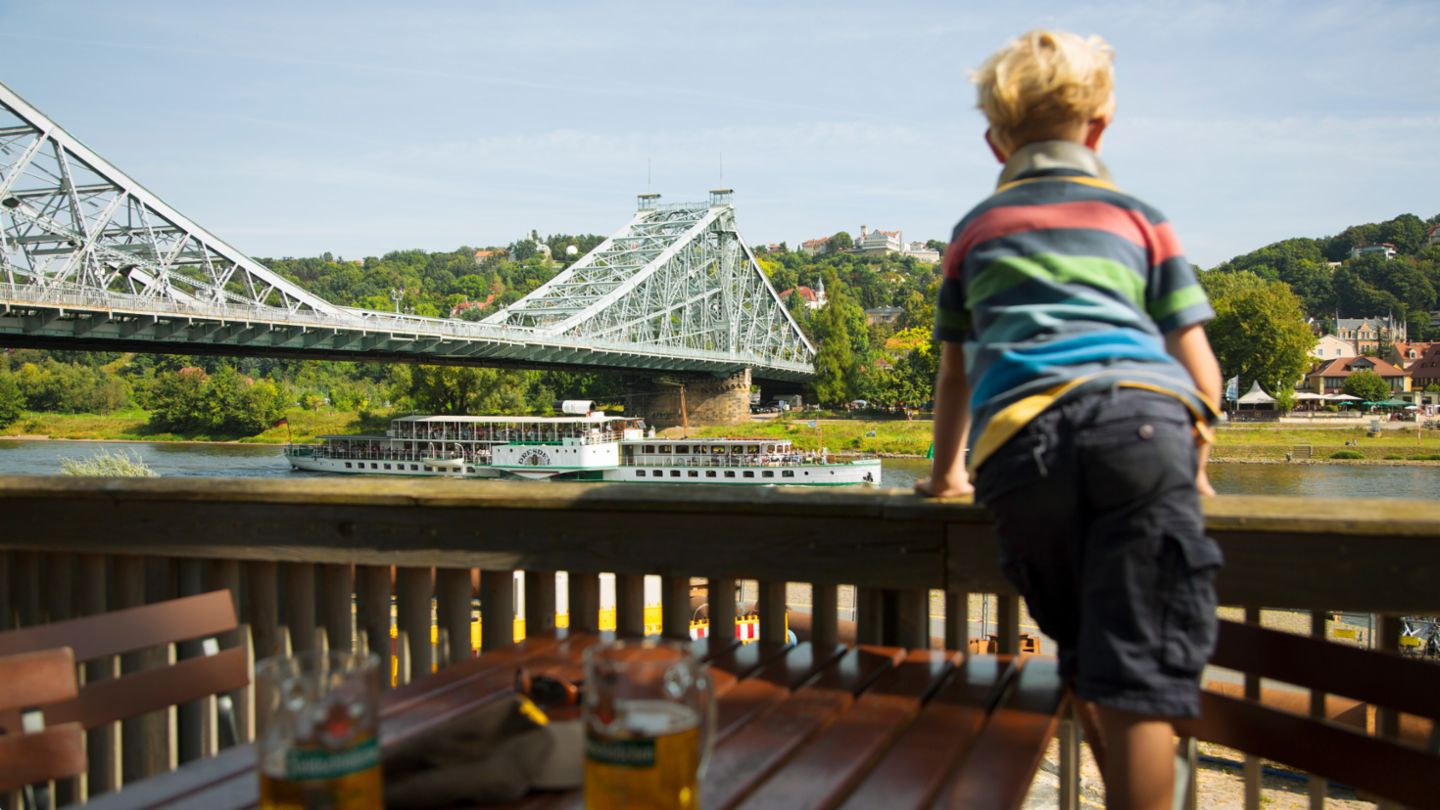Dresden is developing into one of Germany’s leading connected cities. One major aim of the capital of the state of Saxony is to make traffic cleaner, quieter, more convenient, and safer. Volkswagen Sachsen and municipal agencies are working to achieve this aim, for example by pursuing joint research and development projects and by supporting qualified young people. Dresden aims to become a model city for electromobility, digitalization, and innovative fleet management. And Volkswagen’s Gläserne Manufaktur is playing a key role as a “Center of Future Mobility”.
Signs of success are already evident. In August 2017 a start-up incubator opened in the Gläserne Manufaktur. Together with the economic development office of the capital of Saxony, Volkswagen is supporting young start-ups in the future-oriented fields of fleet management, car sharing, concierge services, navigation/park services, and smart home services.
The Gläserne Manufaktur is more than an exhibition space and a place to explore future approaches to mobility. Its premises are providing ever more actual mobility services that make it simpler and more sustainable to get around in Dresden.
- It already has Dresden’s largest charging station for electric cars.
- Cyclists can charge their e-bikes here.
- Visitors can test drive electric vehicles, and rent cars from our partner company Carl & Carla. Additional joint projects with car sharing companies are planned.
- There are also plans for rental services for e-bikes and standard bicycles.

